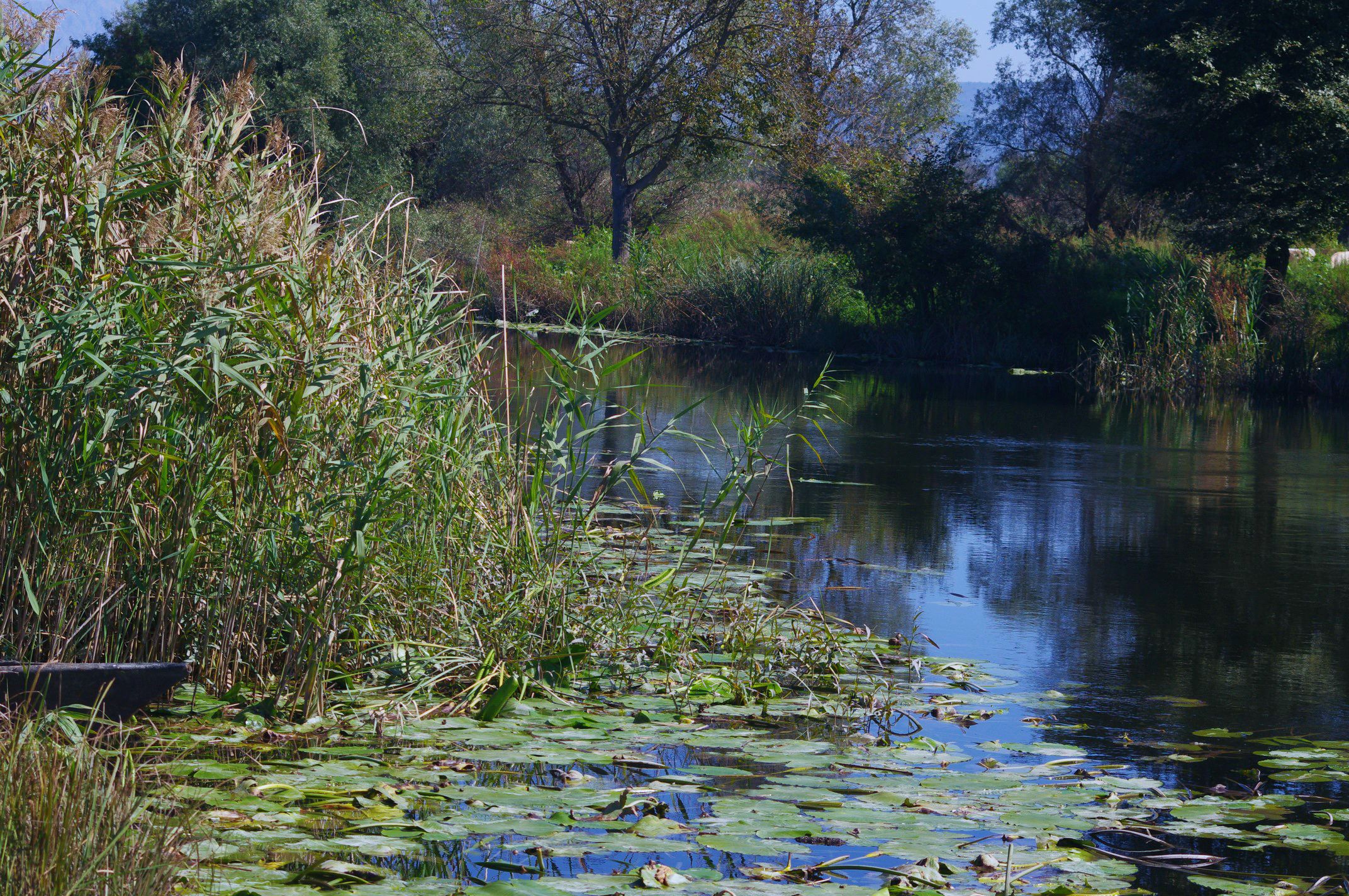|
Prebilovci
Prebilovci ( sr-cyrl, Пребиловци) is a village in Bosnia and Herzegovina, near the city of Čapljina (Чапљина). Prebilovci was first mentioned in the 15th century. The village has a population of roughly around 50 inhabitants. Prebilovci is located in the Čapljina municipality, which makes up one of the nine municipalities in the Herzegovina-Neretva Canton. The village is also located near the Nature Park and Bird Reserve of Hutovo Blato (5 km from Čapljina). Since 1995, Hutovo Blato has been protected as a nature park by the Public Enterprise Hutovo Blato. Population Ethnic composition, 1991 census total: 174 * Serbs - 171 (98.27%) * Croats - 1 (0.57%) * others and unknown - 2 (1.14%) * Official results from the book: Ethnic composition of Bosnia-Herzegovina population, by municipalities and settlements, 1991. census, Zavod za statistiku Bosne i Hercegovine - Bilten no.234, Sarajevo 1991. According to the 2013 census, its population was 57, all Serbs. H ... [...More Info...] [...Related Items...] OR: [Wikipedia] [Google] [Baidu] |
Prebilovci Massacre
The Prebilovci massacre () was an atrocity and war crime perpetrated by the Croatian Ustaše in the Independent State of Croatia during the World War II genocide of Serbs. On 6 August 1941, the Ustaše killed around 600 women and children from the village of Prebilovci, Herzegovina, by throwing them into the Golubinka pit, near Šurmanci. During the summer of 1941, the Ustaša continued with mass murders of Serbs – of 1,000 inhabitants of Prebilovci, 820 of them were killed, while in the neighbouring places of the lower basin of the Neretva river, including Šurmanci, around 4000 Serbs were killed. The Golubinka pit was covered with concrete in 1961. Persecution During the Second World War the Serb inhabitants of Prebilovci, a small village near Čapljina, fell victim to genocide. At the beginning of 1941, the village had a population of 1,000. Earlier, it had given volunteers to join the Bosnian-Herzegovinian uprising against the Turks in 1875-78, and contributed 20 voluntee ... [...More Info...] [...Related Items...] OR: [Wikipedia] [Google] [Baidu] |
Čapljina
Čapljina ( sr-cyrl, Чапљина, ) is a city located in Herzegovina-Neretva Canton of the Federation of Bosnia and Herzegovina, an entity of Bosnia and Herzegovina. It is located on the border with Croatia a mere from the Adriatic Sea. The river Neretva flows through the city and flows into the Adriatic just over the border. The town's landmark is a statue of King Tomislav. The Church of Saint Francis of Assisi is also a prominent facet of the city. The city coat of arms contains the Croatian checkerboard, the nearby tower in Počitelj, and Saint Francis of Assisi. The city has a rich archaeological history and untouched wilderness and is starting to develop agricultural tourism. It is also home to Hutovo Blato Park, which contains one of the most diverse bird populations in all Europe. The Croatian town of Metković is located just over the border and there are significant commercial and other links between the two towns new Čapljina International Speedway. History ... [...More Info...] [...Related Items...] OR: [Wikipedia] [Google] [Baidu] |
Hutovo Blato
Hutovo Blato ( sr-cyrl, Хутово Блато) is a nature reserve and bird reserve located in Bosnia and Herzegovina. It is primarily composed of marshlands that were created by the underground aquifer system of the Krupa River. It is fed from the limestone massif of Ostrvo that divides the Deransko Lake and Svitavsko Lake. The reserve is on the list of BirdLife International's Important Bird Areas. It is the largest reserve of its kind in the region, in terms of both size and diversity. It is home to over 240 types of migratory birds and dozens that make their permanent home in the sub-Mediterranean wetlands surrounding Deransko Lake. In the migration season, tens of thousands of birds fill the lake and its surroundings. Wetlands The valley along the last 30 km of the Neretva River, and the river itself, comprise a remarkable landscape. Downstream from the confluence of its tributaries, the Trebižat and Bregava rivers, the valley spreads into an alluvial fan covering ... [...More Info...] [...Related Items...] OR: [Wikipedia] [Google] [Baidu] |
Šurmanci
Šurmanci ( sr-cyrl, Шурманци) is a village in Bosnia and Herzegovina. According to the 1991 census, the village is located in the municipality of Čapljina Čapljina ( sr-cyrl, Чапљина, ) is a city located in Herzegovina-Neretva Canton of the Federation of Bosnia and Herzegovina, an entity of Bosnia and Herzegovina. It is located on the border with Croatia a mere from the Adriatic Sea. The .... History and people Šurmanci is the location of Golubinka cave, where Ustashas killed more than 500 Serb civilians from village of Prebilovci in 1941. Ivan Jovanović, war criminal, sentenced to death and executed in 1958. Ludvig Jovanović, war criminal. Demographics According to the 2013 census, its population was 301. References {{DEFAULTSORT:Surmanci Villages in the Federation of Bosnia and Herzegovina Populated places in Čapljina ... [...More Info...] [...Related Items...] OR: [Wikipedia] [Google] [Baidu] |
World War II Persecution And Genocide Of Serbs
The Genocide of Serbs in the Independent State of Croatia ( sh-Latn-Cyrl, Genocid nad Srbima u Nezavisnoj Državi Hrvatskoj, separator=" / ", Геноцид над Србима у Независној Држави Хрватској) was the systematic persecution of Serbs which was committed during World War II by the fascist Ustaše regime in the Nazi German puppet state known as the Independent State of Croatia ( sh, Nezavisna Država Hrvatska, separator=" / ", Независна Држава Хрватска, NDH) between 1941 and 1945. It was carried out through executions in death camps, as well as through mass murder, ethnic cleansing, deportations, forced conversions, and war rape. This genocide was simultaneously carried out with the Holocaust in the NDH as well as the genocide of Roma, by combining Nazi racial policies with the ultimate goal of creating an ethnically pure Greater Croatia. The ideological foundation of the Ustaše movement reaches back to the 19th cent ... [...More Info...] [...Related Items...] OR: [Wikipedia] [Google] [Baidu] |

.jpg)